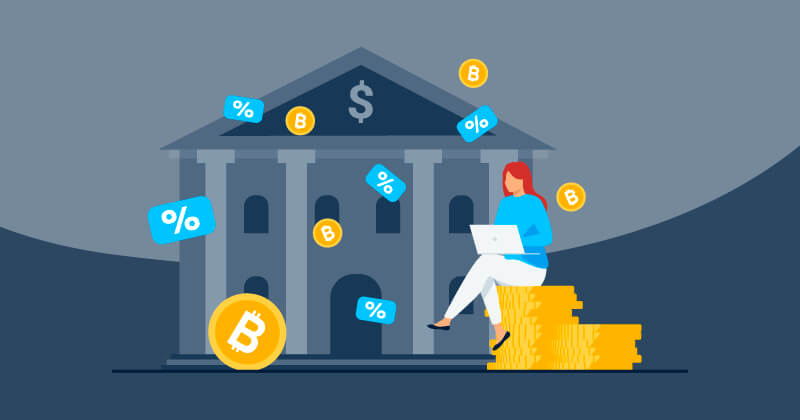When central banks like the Federal Reserve lower interest rates, traditional financial institutions adjust their lending policies to reflect cheaper borrowing costs.
However, the crypto market operates differently. Unlike traditional finance, where rate cuts usually lead to lower borrowing costs, crypto lending rates are influenced more by demand for leverage rather than central bank decisions.
Crypto Lending and Interest Rate Cuts
This unique behavior was evident when the Federal Reserve cut interest rates by 50 basis points (bps) in September. Normally, such a move would result in lower lending rates across financial markets. However, crypto lending rates, particularly for Bitcoin (BTC), actually increased. The reason lies in how crypto lending is structured, which is closely tied to a strategy called the “basis trade.”
The Role of the Basis Trade in Crypto Lending
Crypto lending rates are not primarily driven by Federal Reserve policies but by traders’ demand for leverage. When interest rates drop, traditional markets enter a “risk-on” mode, meaning investors become more willing to take risks in pursuit of higher returns. This also happens in the crypto market, where traders borrow funds to buy more BTC, expecting its price to rise.
This surge in borrowing demand pushes crypto lending rates higher instead of lower. The pattern follows overall market sentiment:
- When investor confidence is high, borrowing demand increases, leading to higher lending rates.
- When the market turns cautious, borrowing demand falls, and lending rates decrease as traders reduce leverage.
A key indicator of this trend is the difference between Bitcoin’s spot price and its futures price, known as the “futures basis.” If the futures price is higher than the spot price, the market is in contango, signaling optimism.
If the futures price is lower, the market is in backwardation, indicating caution. When the futures basis narrows, it suggests traders are less optimistic about Bitcoin’s near-term growth, leading to lower borrowing demand.
How the SOFR Forward Curve Affects Crypto Markets
In traditional finance, the Secured Overnight Financing Rate (SOFR) forward curve provides insight into where short-term borrowing costs are expected to be in the future.
A declining SOFR indicates that market participants anticipate lower interest rates in the coming months.
For crypto markets, falling risk-free rates make traditional borrowing cheaper, pushing more investors toward crypto in search of higher yields. However, crypto lending rates often remain high due to strong leverage demand, even when SOFR trends downward.
Institutional Opportunities in a Falling Rate Environment
Even though crypto lending rates have not declined significantly, institutions can still find opportunities in this environment.
Lower traditional borrowing costs allow institutions to secure financing at cheaper rates, which they can use for arbitrage and yield-generating strategies.
At firms like Galaxy, these lower costs can be passed on to clients, creating opportunities for institutional investors to capitalize on the differences between traditional and crypto lending rates.
The Unique Nature of Crypto Lending
The way crypto lending behaves in response to interest rate cuts highlights its independence from traditional financial policies.
While rate cuts typically reduce borrowing costs in conventional markets, crypto reacts differently due to leverage demand and market sentiment.
As central banks continue adjusting their policies, understanding the interaction between interest rates, risk appetite, and crypto lending dynamics is crucial for traders and institutional players looking to navigate and profit from these market shifts.
Join Gen z and millennials TaskForce official 2025 WhatsApp Channel To Stay Updated On time the ongoing situation https://whatsapp.com/channel/0029VaWT5gSGufImU8R0DO30


